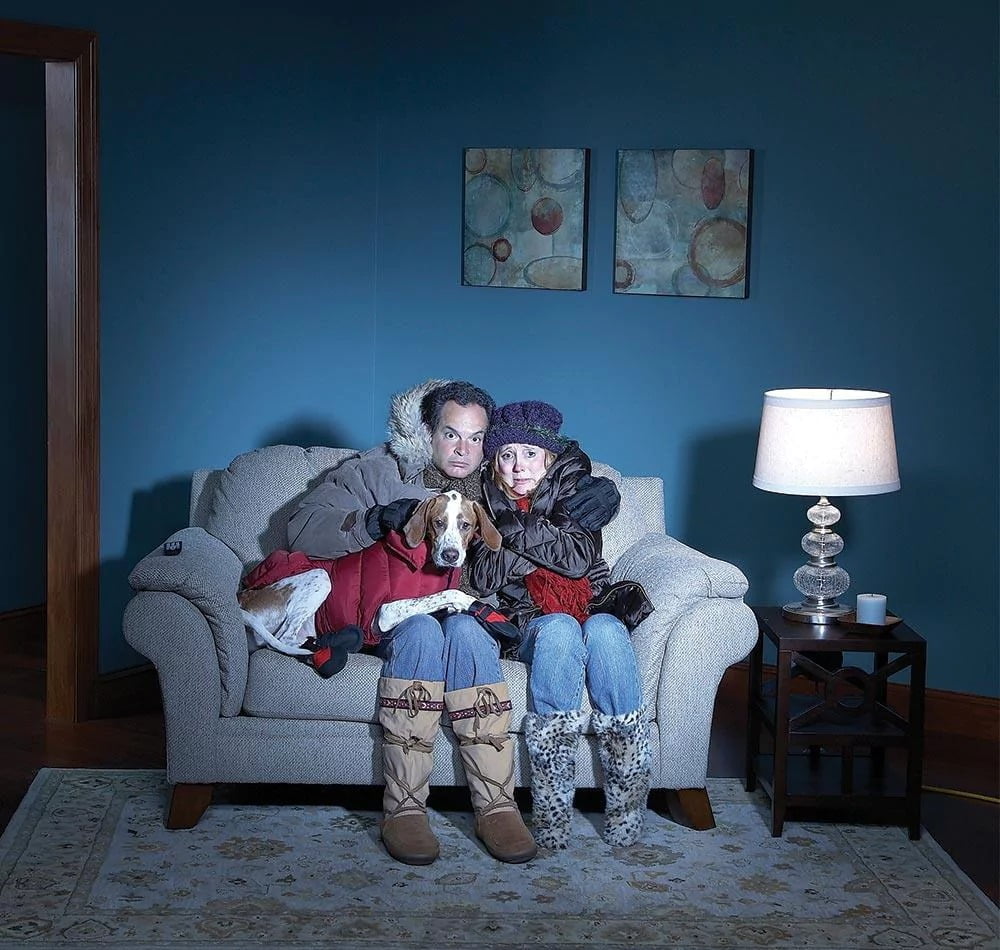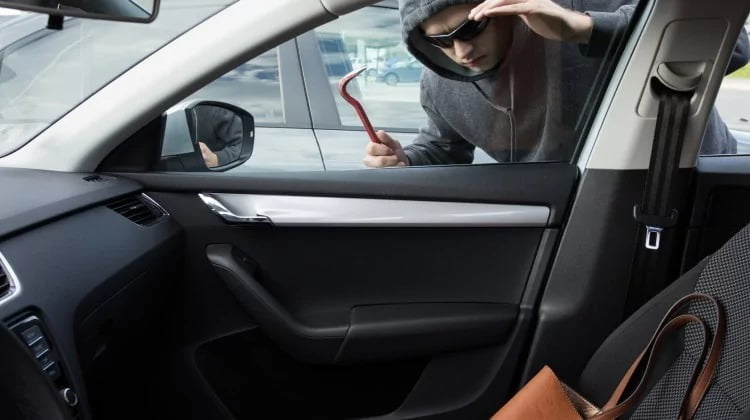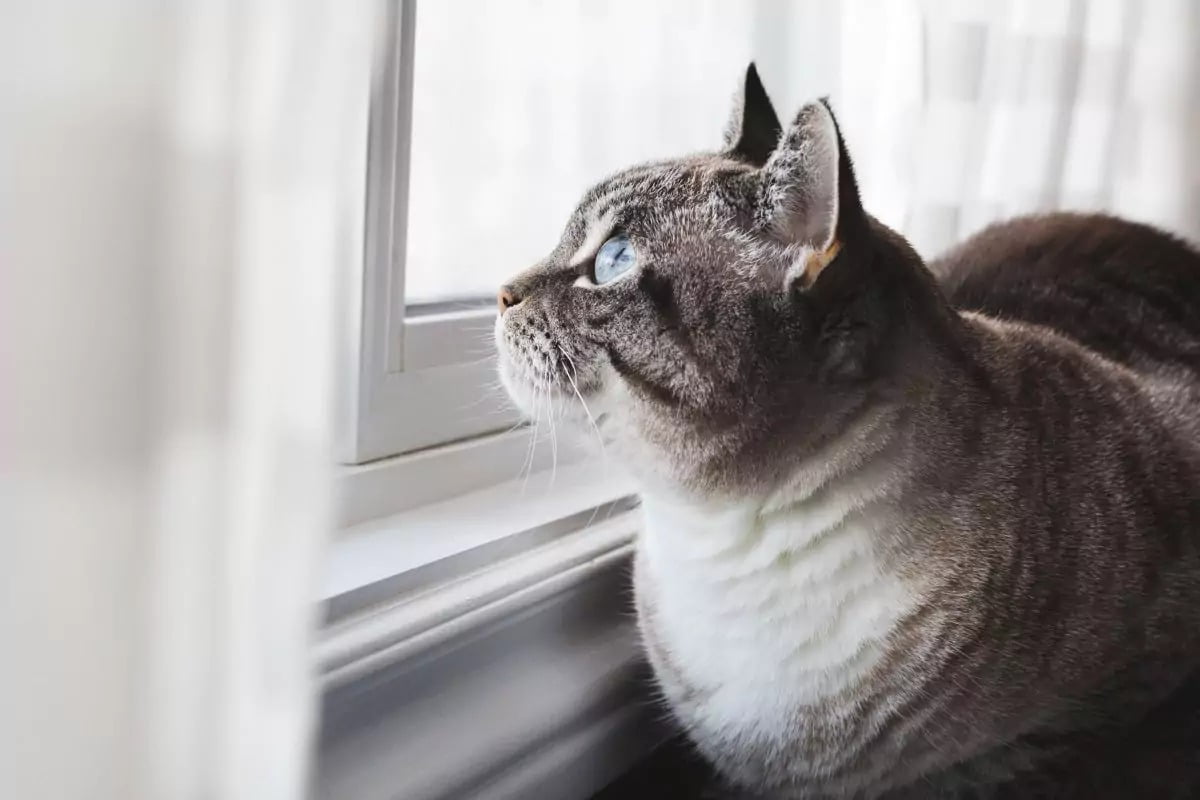Getting out on the ice or pushing through a shallow river bank on your quad can be a thrill. But, when you misjudge just how soft that ice is, or how deep that “shallow” river bank might be, it can quickly turn into a water-logged nightmare.
While water is essential for most living things, it spells doom for your recreational vehicles. When it comes to quickly and completely ruining a sled or quad, there are few better ways to do it than submerging the engine in water, even for just a few moments.
That’s why you need to be prepared if you plan on any kind of off-roading on your ATV or head out on a frozen lake on your sled. Water damage will never be fun, but with the right protection in place, and a solid plan for what to do if the worst should happen, it doesn’t have to mean a complete disaster.
Make sure you’re covered
Nine times out of ten, you’re going to want full coverage on your recreational vehicle. A brand new sled or ATV can easily exceed $10,000, an investment you don’t want to see sink to the bottom of a lake with no recourse. To make sure you are covered in that kind of situation you need comprehensive coverage that does not exclude any kind of water-related use.
But what if you’re running an older model that isn’t worth so much anymore? It might be tempting to penny-pinch and just meet the bare minimum of insurance to legally drive, but overall, that’s not a strong play. Even with an older, less expensive vehicle, we still recommend full coverage. Off-roading is an inherently risky activity, between collisions, break downs, and natural hazards, a lot can go wrong out there. Insurance isn’t just about covering your ride, it also protects you in case you are injured or if you injure someone else. Your old beater sled might only fetch a generous $1000 on Kijiji, but your life and well-being are worth a lot more than that.
When looking for snowmobile or ATV insurance, make sure to consult a broker for the best value possible. Often, standalone policies for recreational vehicles can be a little pricey, but the right umbrella policy that combines auto, home, and snowmobile/ATV insurance can make the cost a lot more reasonable. They can also advise you on storage tips during the off-season and whether or not your homeowners insurance would cover your vehicle in the event of a garage flood or other catastrophe.
What to do if you end up in the drink
If you end up in the unfortunate position of turning your snowmobile or ATV into a submarine, it’s important to keep a few things in mind.
First things first, make sure you’re safe and clear of any danger. If the ice is unstable, or somehow you plunged your ATV into a fast moving current, make sure you’re in a secure place before even thinking about your ride. Only attempt retrieval when it’s clear that the situation permits it. If you put your sled through the ice and other drivers offer to help, make sure they park their own sleds far back – you don’t want everyone parking and standing on a weak area of ice, that’s a surefire way for everyone to wind up sunk.
When you sink a machine, you need to think about what that does. Submerging an engine in water does serious harm. Water mixes with gasoline, oil, and floods into different parts. Trying to run it in that kind of state is the fastest way to turn your ride into a collection of spare parts. If you end up sinking your machine, get it out as fast as possible and DO NOT try to turn it back on. Get it to dry land and drain as much of the excess water out as possible. This is easier to do with ATVs and you can tip them and drain from the exhaust pipe.
Pull out the spark plugs and try cranking the engine over to blow water out of the cylinder without actually starting it up. Some light mechanical work might be necessary to remove and drain components (get those soggy air filters out and drying). Try to get as much liquid out as possible before trying to turn the engine again. Remember, water doesn’t compress, so if you try and run the engine while there is still water in the system, you’re going to blow a cylinder.
Even if you can get it running again, your day is over. Don’t keep riding, head straight to a repair shop as soon as possible. You’ll need to replace every drop of oil and gasoline to be sure there is no water in the system. You’ll need to clean everything and make sure it is completely dry – a little moisture now in the wrong place can spell doom for your machine in the future.
One last step – while the mechanic is tallying up the bill, go and hug your broker for recommending the right insurance coverage that is going to pay for it.










0 Comments